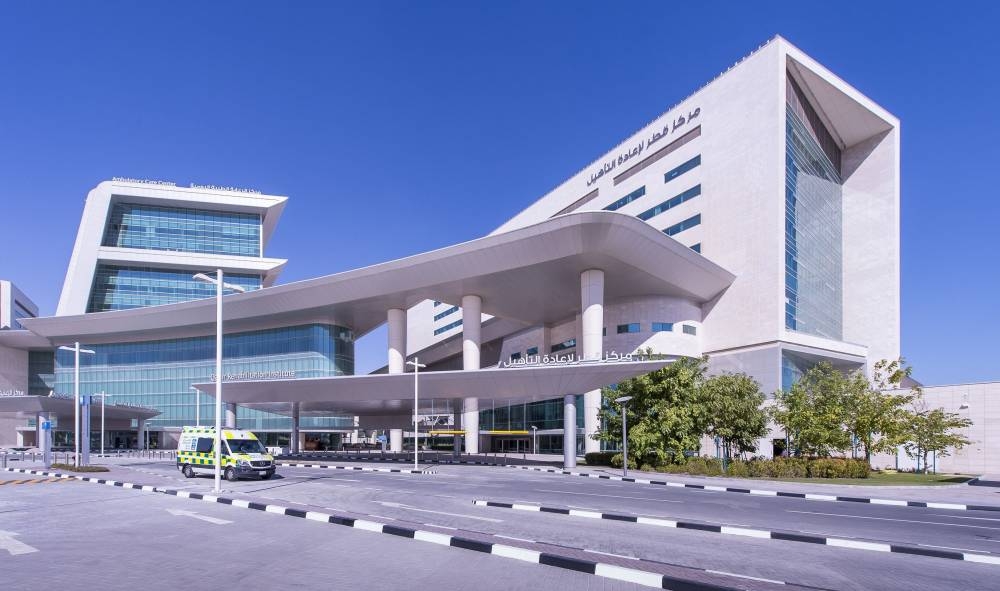
To make it easier for ambulances to get through congestion in Qatar and improve their response times, some 80 key intersections across Doha have been fitted with new sensors that override traffic signals, giving emergency vehicles priority, the public works authority has announced.
The Emergency Vehicle Preemption System (EVPS) allows ambulances and Civil Defense trucks to “speak” to traffic lights as they approach them, from up to 1km away.
Traffic lights fitted with special GPS/radio antenna devices receive the signals emitted by the emergency vehicles that they are approaching, and give them a green light at intersections, while safely stopping traffic coming from other directions.
Ashghal has been rolling out the system in phases, and is currently testing its impact on the surrounding traffic before expanding its efforts.
Results
During the first stage, completed in April last year, 30 traffic signals were fitted with the sensors, while 15 ambulances and 10 civil defense vehicles were equipped with remote controller devices that emit a signal, warning the traffic light of its approach.

These were focused in areas of high residential density where officials believe the vehicles can have the greatest impact on response times. The first signals to be fitted with the technology were on C-Ring Road, Al Matar Street, D-Ring Road, the Corniche and Majlis Al Taawon Street.
Over the past year, a further 50 signals have since been added to the system to key routes such as Salwa Road, Al Waab Street and Al Jamiaa Street, although currently the number of emergency vehicles with the devices has not yet been increased.
An Ashghal spokeswoman told Doha News that the system is still being monitored and that more vehicles may be included in the future.
As the system is further developed, Ministry of Interior vehicles and some public transport vehicles may also be fitted with the equipment, Ashghal added in a statement.
How it works
The system is controlled through software that allows the performance of the sensors and units to be monitored. The software also assesses the knock-on effects to traffic flow across the capital, particularly during rush hour periods.

Emergency vehicle drivers are also being trained in how to use the system and its effectiveness is being monitored by a committee of officials from Ashghal, the General Directorate of Civil Defense and Hamad Medical Corp. (HMC), which will also advise on how it can usefully be expanded.
Yousef Al Emadi, Director of Roads Maintenance at Ashghal, said in a statement that the system would reduce the time it takes to respond to emergency situations and reduce the possibility of emergency vehicles accidents.
In areas which do not have the new technology, emergency vehicles can often get stuck in lines of traffic, behind cars and trucks that are unable to move out of the way in Qatar’s increasingly congested streets.
Response times
Last year, HMC said it had had 70 emergency ambulances and 18 non-emergency ambulances in service at peak times. It also has two 24-hour helicopter ambulances and up to 22 rapid response vehicles staffed by, for example, supervisors and critical care paramedics.

HMC’s emergency services branch employs some 1,800 individuals, the majority of whom are front-line paramedics and responders, the local health institution said.
The country’s primary health-care provider said in early 2013 that the response time of its Ambulance Service has improved over the previous year, from 11 minutes to eight minutes within Doha city limits.
To further cut down on response time, HMC last year launched its “help us help you” campaign, in a bid to encourage more drivers to move out of the way when they see emergency vehicles approaching.
Thoughts?







